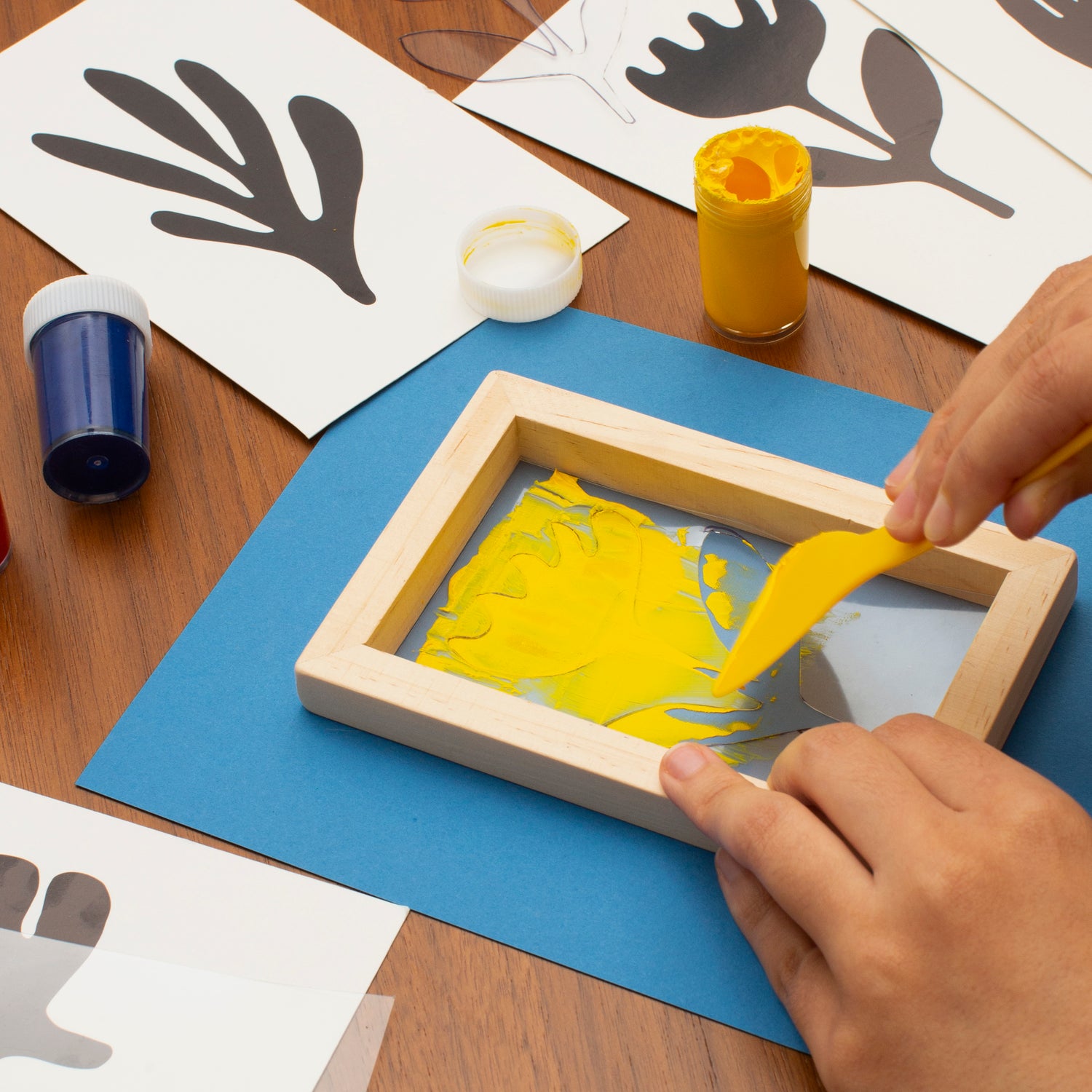The Necessary Overview to Comprehending Screen Printing and Its Versatile Utilizes
Screen printing has a rich background that goes back to ancient times, evolving right into an advanced strategy utilized across numerous markets today. This guide discovers the complexities of the screen printing process, describing its applications in style, marketing, and home design - 10:9 Design reviews. Understanding these principles can open up imaginative potential for both business and artistic jobs. The adhering to sections will certainly reveal crucial ideas and techniques to boost one's screen printing endeavors
The History of Screen Printing
Screen printing has origins that trace back centuries, its evolution reflects the technical and imaginative innovations of different cultures. Coming from old China, the strategy was originally made use of for enhancing fabrics and later infect Japan, where it came to be integral to Ukiyo-e woodblock printing. The method shifted to Europe in the 18th century, where it gained popularity among craftsmens and business printers. The invention of photo emulsion in the 20th century revolutionized screen printing, allowing for more elaborate designs and greater efficiency. Artists like Andy Warhol even more drove its appeal, utilizing the medium to create iconic works that combined commercialism and great art. By the late 20th century, screen printing had actually developed itself as a functional strategy, utilized in vogue, marketing, and art. Today, it remains to evolve, incorporating electronic modern technology and broadening its applications throughout different sectors.
The Screen Printing Refine Explained
Screen printing changes creative visions into substantial styles through a series of precise actions. A picture is created and after that transferred onto a screen, generally made of great mesh material stretched over a structure. A light-sensitive emulsion is related to the screen, which is subjected to light, solidifying in locations not covered by the photo. After rinsing the unhardened solution, a pattern is developed.
Next off, the screen is put over the substrate, whether it be fabric, paper, or an additional material. Ink is then pressed via the open areas of the pattern utilizing a squeegee, transferring the style onto the substratum below. This procedure can be repeated for numerous colors, needing different screens for every shade. The printed product is treated making use of heat to ensure the ink sticks properly, resulting in a resilient, vivid design prepared for usage.
Types of Screen Printing Techniques

Additionally, specialty methods, such as discharge screen printing, remove color from the fabric to produce softer prints, while foil screen printing uses metal foil to attain a shiny coating (10:9 Design reviews). Each technique uses distinct features, catering to different imaginative requirements and manufacturing scales, eventually increasing the possibilities within the screen printing domain name
Applications of Screen Printing in Numerous Industries

Furthermore, the signs and advertising industries make use of screen printing for creating distinctive displays and banners. This technique enables bold colors and complex layouts that capture attention. In electronic devices, screen printing is used for applying conductive inks to circuit boards, necessary for part connections. The home décor market accepts screen printing to generate distinctive layouts on textiles and wall surface art. Overall, screen printing works as an essential device throughout diverse fields, boosting items with individualized and aesthetically enticing graphics.
Tips for Effective Screen Printing Projects
While undertaking a screen printing project, careful attention to detail can considerably enhance the last end result. Initially, picking high-quality materials is essential; this includes the screen, inks, and substratums. Using suitable mesh counts can influence ink deposition and information resolution. Preparation is equally important; comprehensive cleaning of displays and appropriate exposure times guarantee crisp prints.
Next off, precise registration is crucial for multi-color prints. Utilizing placement devices can assist achieve specific layering. In addition, testing prints on scrap materials before production helps recognize prospective issues without wasting sources.

Often Asked Concerns
What Materials Are Best for Screen Printing on Fabric?
Cotton and polyester blends are perfect for screen printing on fabric due to their resilience and ink absorption. Additionally, specialty fabrics like silk or canvas can generate one-of-a-kind appearances and surfaces, improving the general style quality.
How Do I Tidy and Maintain Screen Printing Tools?
To maintain and cleanse screen printing tools, one must frequently wash screens with ideal solvents, evaluate squeegees for wear, lubricate relocating components, visite site and store all things in a completely dry, dust-free atmosphere to prolong their life-span.
What Are the Environmental Effects of Screen Printing?
Screen printing can have considerable environmental impacts, including chemical waste from inks and solvents, water usage during cleansing processes, and energy intake. Sustainable practices and eco-friendly products are vital for reducing these adverse impacts.
Can Screen Printing Be Done at Home Properly?
Screen printing can be efficiently done at home with the appropriate materials and techniques. Enthusiasts can create top quality prints, though success relies on their ability degree, tools, and understanding of the procedure included.
What Are the Prices Related To Beginning a Display Printing Business?

Beginning a screen printing business includes costs for devices, products, and office. Initial expenditures usually range from a couple of hundred to several thousand bucks, depending on the range, high quality of equipment, and wanted production ability.
Screen printing has an abundant history that dates back to old times, progressing into an innovative strategy utilized throughout various sectors today. One more technique, rotary screen printing, employs round visit homepage screens, assisting in continual printing on material rolls, thereby improving performance for large manufacturings. In addition, specialty methods, such as discharge screen printing, eliminate color from the textile to develop softer prints, while foil screen printing uses metallic foil to attain a glossy coating. In the fashion market, screen printing is extensively utilized to produce lively layouts on garments, making it possible for brand names to showcase their unique designs. Cotton and polyester blends are optimal for screen printing on fabric due to their resilience and ink absorption.